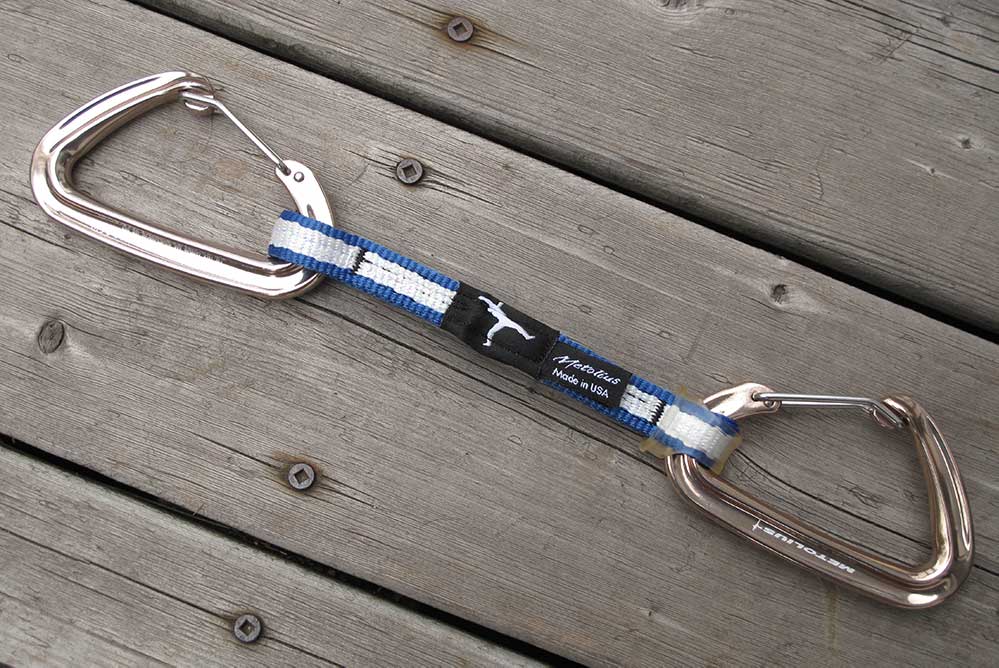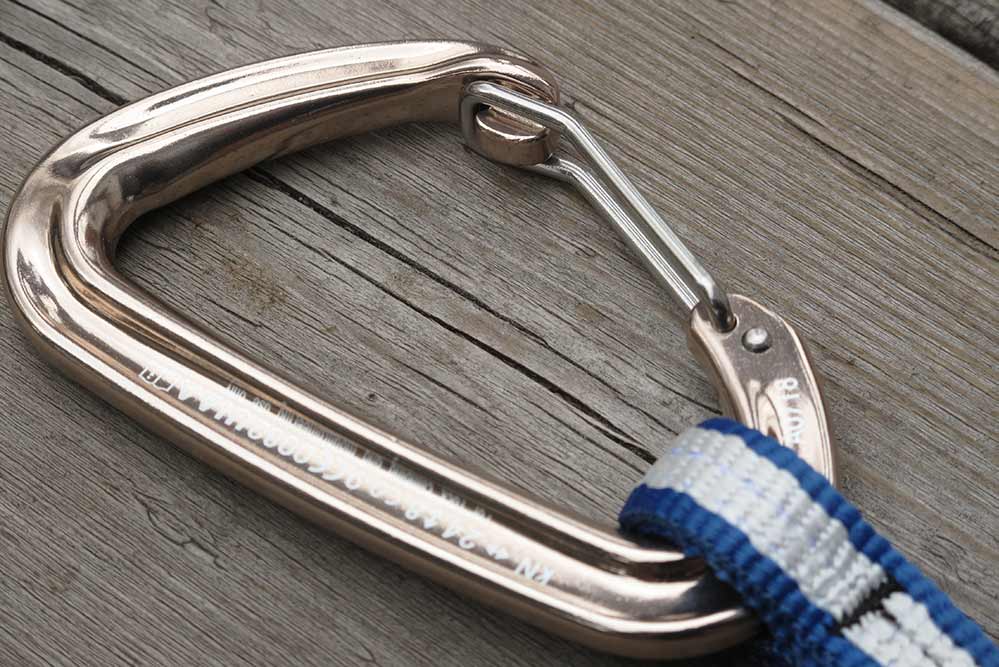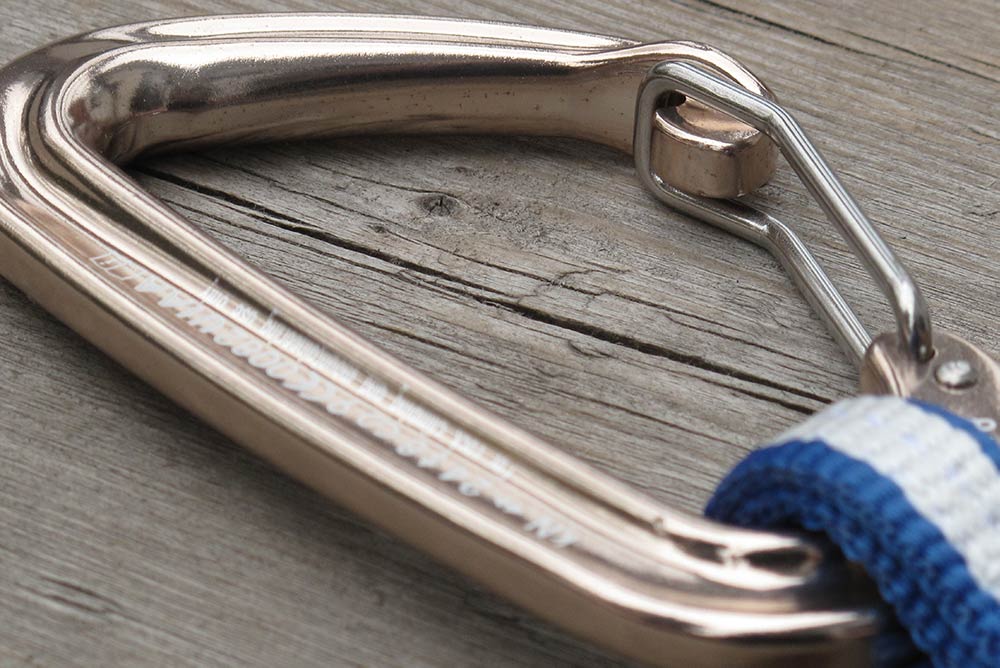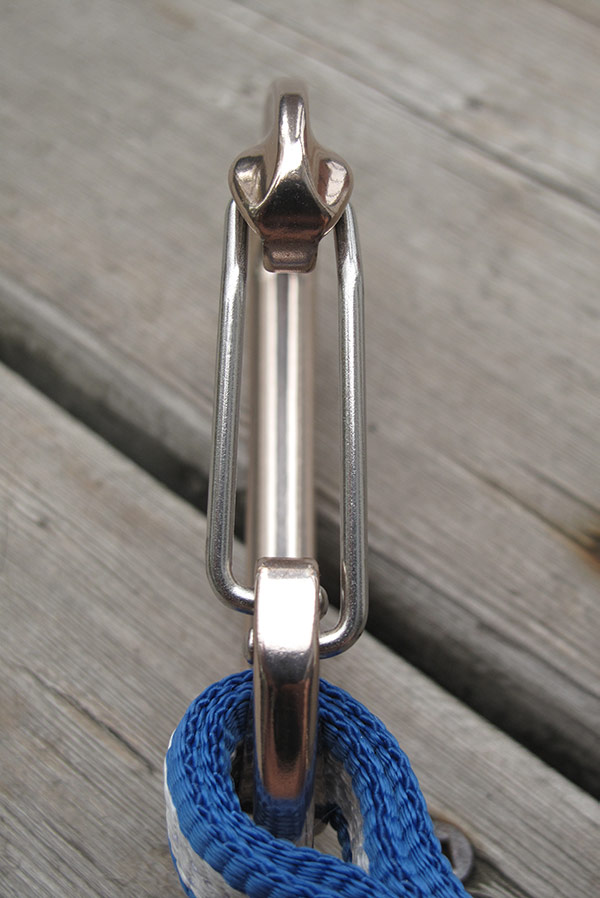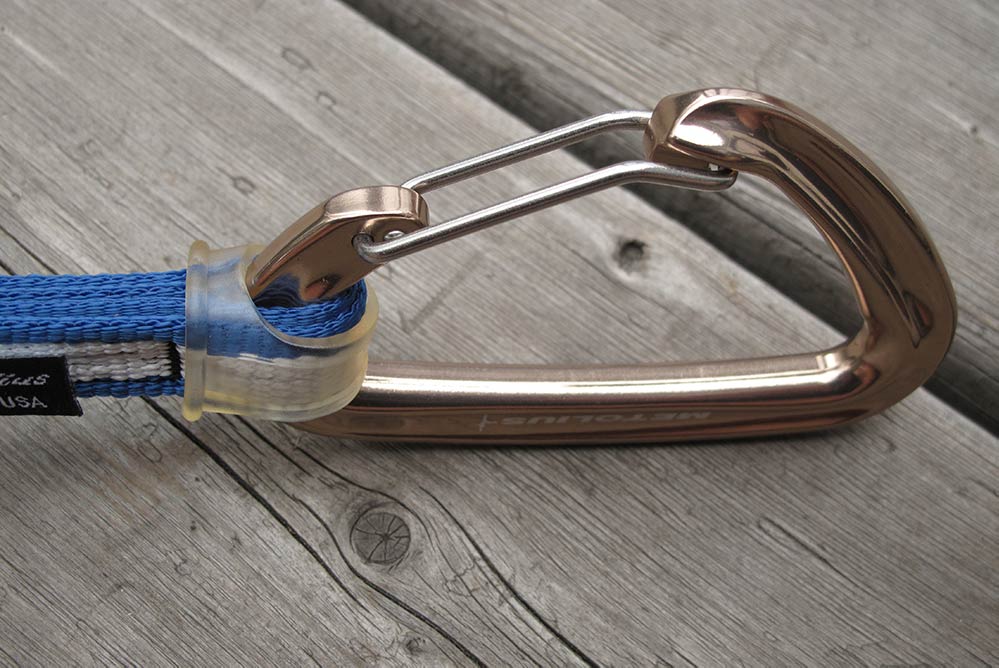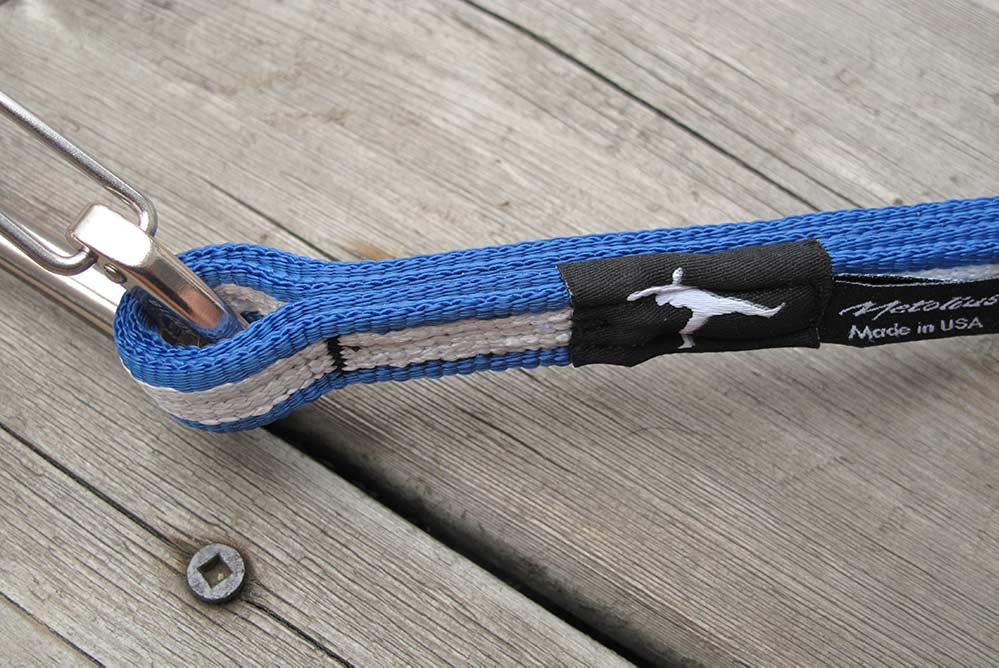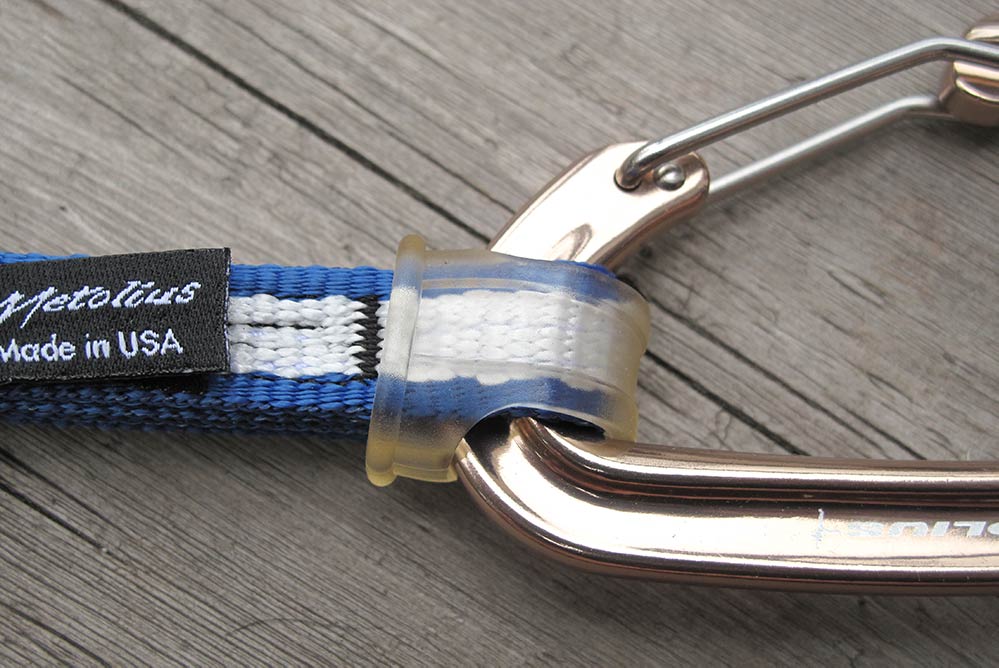Metolius Inferno II Quickdraw – Perfect For Sport And Trad Climbing
For years, climbing hardware manufacturers have been busy building hyper-specialized gear to help save weight and improve performance. Quickdraws have not been immune to this specialization, and as climbers, we now have the option of buying quickdraws designed specifically for almost every climbing niche: skinny-sling draws for alpine climbing, burly draws for sport routes, large-biner draws for use with gloves, lightweight draws for trad climbing – I can go on. And while all these options are useful for folks with unlimited budgets that are pushing the limits of each climbing discipline, most of us are looking for a quickdraw that we can use in a variety of situations. Allow me to introduce the new Metolius Inferno II quickdraw.
Consisting of two Inferno II biners and a beefy 11 mm Monster webbing draw, the Inferno II quickdraw provides an almost perfect combination of low weight, functionality and durability. The new Inferno biners are full-size units, but thanks to their wire gate and sculpted body, they weigh in at a surprisingly light 36 g (TBC). And because of their generous size and new deep-basket shape, the biners are very easy to clip, even for climbers with big paws. Speaking of the biners’ shape, the new swooping basket encourages effortless bolt and gear clipping while reducing hang-ups when unclipping gear loops and gear. It’s a subtle but noticeable (and welcome) improvement over the previous Inferno biner shape and other biners with a more boxy transition at the nose.
Metolius also needs to be commended for using a shrouded nose on the Inferno II. This easily overlooked detail protects the gate from accidentally opening when dragged against the rock.
Finally, the dogleg wire gate further improves clipping efficiency; the gate shape helps channel the rope into the basket when you’re clipping. Again, this is a very subtle performance gain, but it is real.
Now let's look at the sling/dogbone. Unlike most draws, Metolius employs a double layer of their 11 mm wide Monster webbing in the Inferno II quickdraw. This creates a draw that is significantly more durable and abrasion resistant than conventional draws for additional peace-of-mind when working routes with sharp and abrasive rock. The added material also stiffens the draw for easier clipping while also providing a secure “handle” when grabbing draws.
A rubber biner-keeper at the rope end of the draw (Metolius calls their unit the Jig) protects the sling from abrasion and also minimizes biner-shift when clipping. It’s worth noting that the Jig is transparent, which allows climbers to quickly visually inspect that portion of the draw.
During use, I was impressed with how well the new Inferno II draws worked. They clipped effortlessly, avoided hang-ups and were versatile enough for most climbing situations. They are light, but not too light, and I would use them for sport climbing and trad climbing. Better options may exist at each extreme end of the climbing spectrum, but these really hit a nice sweet spot for most climbers. They are reasonably priced, very versatile (yes, it’s worth repeating), and I would not hesitate to buy them if I was looking for one set of do-all draws.
You can find out more about the new Metolius Inferno II quickdraws and other fine Metolius products at https://www.metoliusclimbing.com/.
You can find out more about the new Metolius Inferno II quickdraws and other fine Metolius products at https://www.metoliusclimbing.com/.



